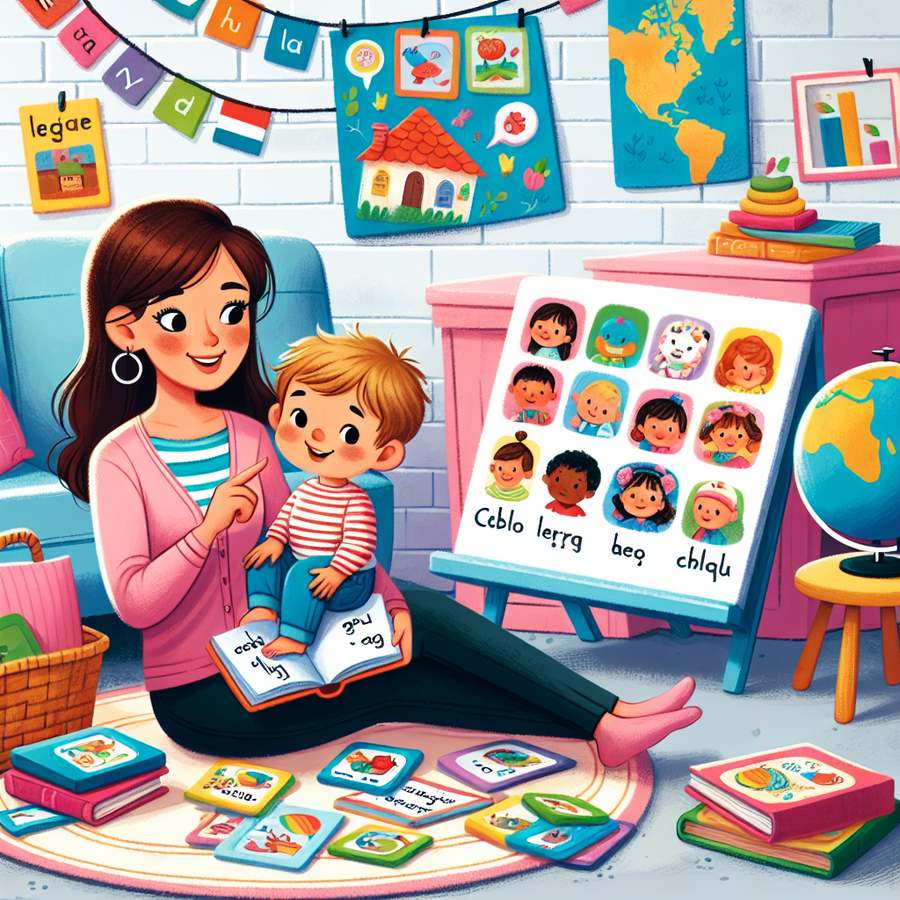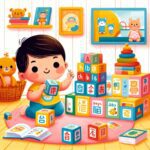One of the most transformative gifts you can give your child is the power of bilingualism. Strategies for introducing a new language to your toddler at home can set the stage for enhanced cognitive development, better academic performance, and a deeper cultural appreciation. But in a world brimming with languages, how do you ensure a seamless and enriching language-learning journey for your little one? Let’s dive deep into some tried-and-true strategies.
Understanding the Benefits of Bilingualism
Bilingualism is not just about adding a new skill to your child’s repertoire; it’s about shaping their entire cognitive and social landscape. Research has consistently shown that bilingual individuals enjoy advantages such as enhanced problem-solving abilities, creativity, and even empathy. Furthermore, introducing your toddler to a new language at home nurtures a global perspective from a tender age, preparing them for a future in our interconnected world.
Before embarking on this linguistic adventure, it’s crucial to ground our approach in solid evidence. Studies suggest that early exposure to multiple languages can significantly boost brain development and flexibility. This early start offers a unique pathway to fluency, as toddlers absorb language naturally and effortlessly.
Creating a Language-rich Environment at Home
One of the most effective strategies for introducing a new language to your toddler at home is creating an environment where the language lives and breathes. This means incorporating the target language into daily routines and playtime. From bilingual books and music to age-appropriate TV shows or apps in the new language, the goal is to make language learning as immersive and enjoyable as possible.
Don’t underestimate the power of conversation. Engaging your toddler in simple dialogues or narrating your activities throughout the day in the new language can provide them with a rich tapestry of words and phrases to absorb. Remember, the key is consistency and making language exposure a natural part of their daily life.
Strategies for introducing a new language to your toddler at home
Now, let’s focus on actionable strategies. Starting with early language learning principles, blending these methods with your daily routine can transform mundane moments into opportunities for language discovery:
- Interactive play: Use toys and games to introduce vocabulary in a fun and engaging way.
- Storytelling: Bilingual books or creating your own stories can captivate your toddler’s imagination while teaching them new words.
- Song and music: Children’s songs in the target language are not only catchy but can significantly aid in language acquisition.
- Technology as a tool: Select educational apps or programs designed for toddlers to reinforce language learning in an interactive format.
Moreover, consistency in using the new language and patience with the learning process are paramount. Celebrate small milestones and make language learning a joint adventure, showing enthusiasm and encouragement every step of the way.
Incorporating a baby-friendly home environment that supports bilingualism through visual cues, such as labels in both languages, can also enhance learning. Similarly, participating in community groups or playdates with speakers of the target language can provide real-life interaction and practice.
Online and Community Resources to Support Language Learning
Leveraging online resources and community networks can significantly bolster your efforts in introducing a new language to your toddler. Websites, online forums, and reliable parenting resources offer a treasure trove of materials, from printable worksheets to interactive language games. Additionally, connecting with other parents on the same journey through social media groups or local community centers can provide support and share valuable insights.
Remember, every child’s language journey is unique, and what works for one may not work for another. It’s essential to remain flexible in your approach, adapting to your toddler’s interests and learning pace. Trust in the process, and remember that your efforts are laying the foundation for a lifetime of linguistic and cultural enrichment.
To further support your language teaching journey, explore additional strategies and insights through our library, including articles on encouraging a love of reading from an early age, managing sibling rivalry, and dealing with public tantrums. Armed with the right strategies and a supportive community, introducing a new language to your toddler at home can be a joyful and rewarding endeavor for both of you.













